These Rustic Flaxseed and Prune Ciabatta-Style Loaves are freckled with prunes and made with an overnight poolish and soaker of flax seeds.
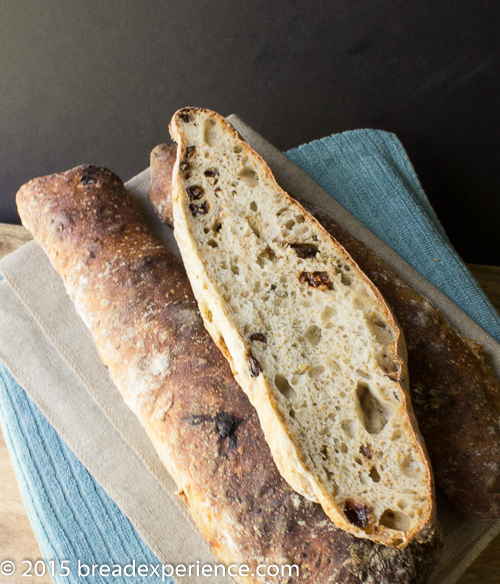
I’m the host kitchen for the Bread Baking Babes and Buddies this month. I invite you to bake with us and try your hand at making Flaxseed and Prune Ciabatti-Style Loaves.
Over the years, the BBBs have made so many interesting breads, it was a bit tricky finding something different, but I think this one offers a challenge without being too difficult.
The original formula for these Flax Seed and Prune Ciabbata-Style Loaves is from the San Franciso Baking Institute site. I’ve had this bread on my list to make for a while and I’m delighted to share it. I envision a lot of tasty variations of dried fruit and perhaps even nuts in this bread.
Description of the bread from the SFBI site
“Flaxseed and plum bread is a ciabatta-style bread made with a soft dough that has a hydration of over 90%. The formula contains small amounts of whole wheat and dark rye flours, which contribute to the flavor and the rustic appearance. The preferment used in this formula is a poolish, which is mixed the day before and fermented overnight. A matured poolish almost triples in size and is slightly concave at the surface. Over the long fermentation time, poolish slowly builds up lactic acid which gives the bread more depth of flavor.”
Notes regarding the original formula
Don’t be intimidated by the 90% hydration. This is a wet dough, but it is fairly easy to work with. The loaves aren’t shaped so don’t worry if they get a little bit misshapen when you transfer them (or drop them like I did) on the pizza stone. They’ll still taste great! They’ll just have a more rustic appeal. Hence the name.
Before you turn up your nose at using prunes, let me tell you that I am not a prune lover, but I enjoyed these loaves. The prunes are freckled throughout so you just get a sampling here and there. Of course, if you want more prune flavor, feel free to add more. Or do as the Babes always do, just substitute what you like – perhaps olives or dried cranberries or whatever suits your fancy.
The original formula makes 3.0 kg which is 3000 grams or over 9lbs of dough. Now I enjoy making, sampling, and giving bread away, but this amount is a bit excessive for home bakers so I scaled it down. Don’t worry, I did all the baker’s math for you so all you have to do is follow the formula. The Babes tested it and it does work.
In case you’re wondering how I scaled down the original formula, I started with 500 grams of total flour. The poolish is 50% of the total flour. So if you use 500 grams as the total flour, that is 250 total for the poolish. The flour-to-water ratio of the poolish is 50/50 so the flour and water should be 125 grams each. The rest of the ingredients are scaled accordingly.
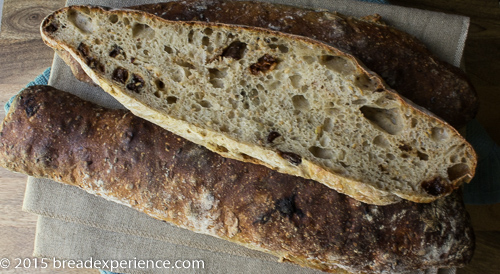
The scaled-down formula made three loaves that fit easily on my square baking stone.
Flaxseed and Prune Ciabatta-Style Loaves
Flaxseed soaker:
- 48 grams/ 1/4 cup + 1 T flax seeds
- 72 grams / 1/3 cup water
Mix all ingredients until well incorporated, cover, and set aside.
Let it sit for at least one hour.
- Mixed Soaker
- Gel like Soaker
Poolish:
- 125 grams / ~ 1 cup bread flour or all-purpose flour
- 125 grams / 1/2 cup water
- pinch of instant yeast
Mix all ingredients until well incorporated with D.D.T. of 70°F.
Allow to ferment 12 – 14 hours at room temperature (65 -70°F)
- Mixed Poolish
- Ripened Poolish
Final Dough:
- 300 grams / ~ 2 1/2 cups unbleached all-purpose flour or bread flour
- 50 grams / ~ 1/3 cup coarsely milled whole wheat flour
- 25 grams / 1/4 cup coarsely milled whole rye flour
- 278 grams / ~ 1 1/4 cups water
- 10 grams / 1 3/4 teaspoons salt
- 84 grams / ~1/2 cup prunes
- 2 grams / ~3/4 teaspoon instant yeast
Mixing: Hand Mix
- Mix all of the ingredients except the flax seeds and plums.
- Once everything is thoroughly incorporated, mix in flax soaker and dried plums.
- Transfer the dough into an oiled container.
Dough Temperature: 76-78°F
First Fermentation: a total of 3 hours with 3 folds
- 45 minutes at room temperature; fold
- 45 minutes at room temperature; fold
- 45 minutes at room temperature; fold
Divide: Dough is not scaled. It is divided by measurement (i.e. eyeballing the dough).
Place loaves on a floured couche, proofing board or baking sheet lined with parchment.
Rest: 20 minutes at room temperature
Preheat Oven: to 475°F with a baking stone on the bottom rack and a steam pan or iron skillet on the top rack of the oven.
Transfer loaves to baking stone: Carefully transfer the loaves from the baker’s couche (or proofing board) to the preheated baking stone. I used a board to transfer the loaves from the couche to the baking stone. One of the loaves got (more) misshapen in the process because it ended upside down.
If you proof the loaves on parchment, just transfer the loaves (parchment and all) to the baking stone and remove the paper partway through the bake cycle.
Quickly add several ice cubes to the steam pan, spritz the loaves with water and immediately turn the oven down to 450 degrees F.
Bake: 15 minutes, then rotate the loaves for even baking and bake an additional 10 – 15 minutes or until done. They should be a rich, dark color.
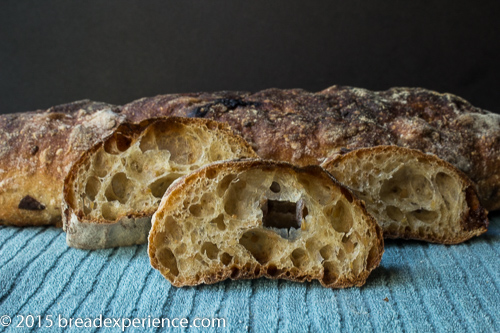
I like the rich color of these loaves. The photo above was taken a couple of days after I made the loaves. The poolish and flaxseed soaker give the bread good keeping quality so I enjoyed these loaves for several days before the last one went stale.
Enjoy this Roundup of beautiful Ciabatta loaves from the Bread Baking Babes and Buddies
The Babes always have creative takes on the monthly bread so be sure to check out their posts to see what they came up with.
The Bread Baking Babes are:
- Bake My Day – Karen
- blog from OUR kitchen – Elizabeth
- Bread Experience – Cathy
- Feeding my Enthusiasms – Pat/Elle
- girlichef – Heather
- Life’s a Feast – Jamie
- Lucullian Delights – Ilva
- My Diverse Kitchen – Aparna
- My Kitchen In Half Cups – Tanna
- Notitie Van Lien – Lien
- Thyme for Cooking – Katie (Bitchin’ Bread Baking Babe Bibliothécaire)
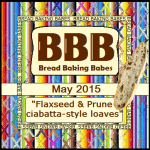
I’m the host kitchen this month and I’d love for you to bake along with us.
Just make the Flaxseed and Prune Ciabatta-Style Loaves, then email me your link (or email your photo and a bit about your experience if you don’t have a blog). Once you’ve posted, you’ll receive a Buddy badge for baking along, then watch for a roundup of all of the BBBuddies posts a few days after the close of submissions.
Happy Baking!
Cathy
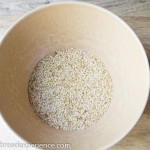
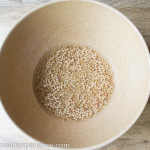
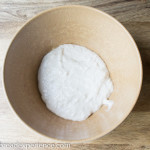
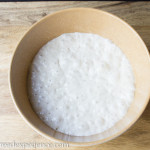
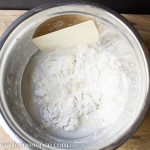
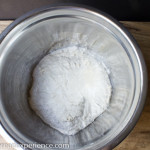
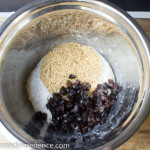
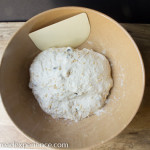
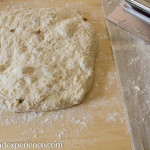
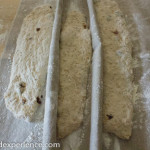
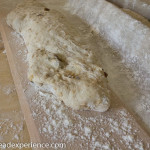
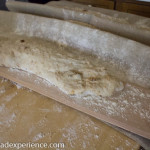
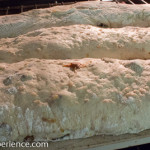
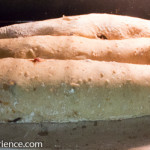
LOVE this one Cathy and that soaker is going into a lot of my breads. I almost always add ground flax seed meal but this makes, I think, digestible flax seed and gives things a little crunch!
Your loaves are rustically gorgeous!
Thank you Tanna! I’m so glad you enjoyed this bread. I liked the soaker as well. This is one I could make again and again.
Hi,
I am new to this site and loving it. What does D.D.T. Of 70F mean? I am looking forward to trying this bread. Thanks Joyce
Hi Joyce,
I’m so glad you like my site. That’s a great question! DDT means desired dough temperature of 70 degrees F. Using a thermometer to gauge the temperature of the dough makes it easier to tell when the dough is ready to be fermented and how long. If the poolish registers 70 degrees, then you would give it the 12-14 hour ferment indicated in the recipe. If it is colder, it will probably take longer and if it is warmer, it won’t take as long, as a general rule. If you don’t have a thermometer, you can still make this bread. You’ll just have to guesstimate. Hope this helps.
Happy Baking! I do hope you enjoy the bread. It’s a good one.
Cathy
I love the texture of the crumb!! So perfect! Can’t wait to try it!!
Thanks Karen! I think you’ll enjoy this one.
The bread looks fantastic… With the kind of chewy crust I love. We live in the prune / plum capital of France!
Thanks Katie! Now I could get into prunes if I visited the prune / plum capital of France. Perhaps that’s what I need to do.
Wow! I’m so envious of the giant holes you got in your bread, Cathy. I wonder if I didn’t proof mine quite enough. I got a few big holes but nothing as spectacular as on yours.
Still, we loved the bread! Many thanks for choosing it.
I’m so glad you enjoyed this one Elizabeth. I was very pleased with the holes on these loaves. One of them degassed a little when I transferred (ur, plopped it) on the baking stone. I was more careful with the other two so they did much better.
Your loaves have such a beautiful colour, they’re almost yellow, is that the flour?
I hardly noticed it had a high hydration, this was a great dough to handle. Wonderful pick for us Cathy, thanks!
I’m so glad you liked this bread. I thought the dough was easy to work with as well. I’m not sure about the yellowy color. Probably due to the lighting.
I’ve been obsessed with baking breads recently so I was pretty excited when I stumbled upon your blog! I’m totally going to try this recipe!
Hi Angelica, thanks for stopping by. I do hope you’ll try it.
Happy Baking!
Cathy